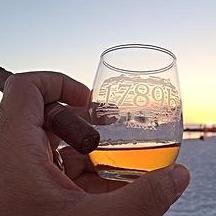-
Welcome to the eG Forums, a service of the eGullet Society for Culinary Arts & Letters. The Society is a 501(c)3 not-for-profit organization dedicated to the advancement of the culinary arts. These advertising-free forums are provided free of charge through donations from Society members. Anyone may read the forums, but to post you must create a free account.
Roasting Pans
-
Similar Content
-
- 569 replies
- 147,744 views
-
- 146 replies
- 26,509 views
-
- 17 replies
- 9,538 views
-
- 16 replies
- 7,772 views
-
- 17 replies
- 2,562 views
-
-
Recently Browsing 0 members
- No registered users viewing this page.





Recommended Posts